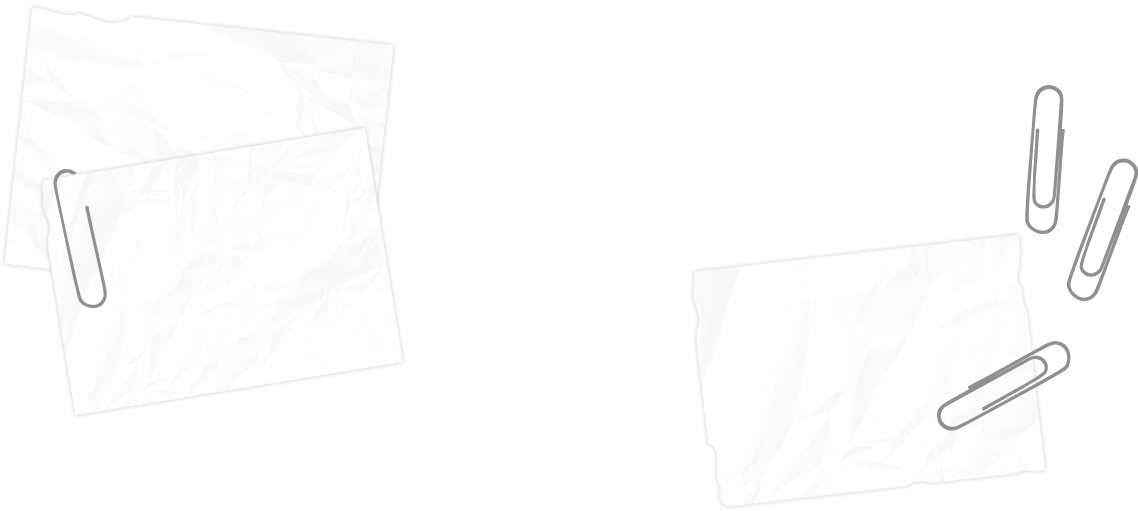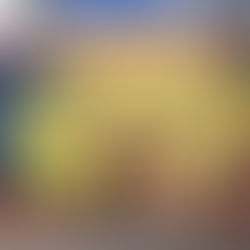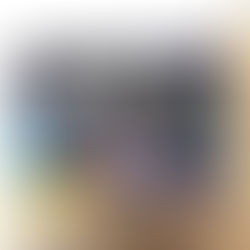Landfills aren’t giant compost heaps.
- Michelle Beard
- Jul 28, 2022
- 4 min read
Updated: Nov 7, 2022
Landfills aren’t giant compost heaps.
In the 80s I accompanied my dad to the local rubbish tip where bags of rubbish were piled high, where seagulls would circle, swoop and land on broken chair legs, pecking at the food scraps escaping from the sides of the open black rubbish sacks.
There was a time when I really did think that a landfill was a giant compost heap. I thought that the food scraps and other compostable materials I placed into my rubbish bin would help break down the other material and be of benefit.
I had grown up in a household where composting was something we did without thought, and for some reason, I thought that same decomposition process translated to a landfill also.
My thought process was that it would just sit here and decompose like one giant compost, somehow magically turning the chip packets back into the earth, I thought it would be all fine and that would be the end of that.
But it is not. It is far from reality. The landfill is just that…
It fills the land.
The ongoing problem with landfills
Every year in New Zealand, we send about 3.7 million tonnes of rubbish to town landfills and now at least 17 councils have less than 10 years of life left in their consented landfills.
We have dumped rubbish in un-lined holes next to rivers, waterways, and harbours for decades and posted it to future generations.
Unfortunately, as it turns out we might be the generation where it all spills out!
In March of 2019 after extreme weather landfill waste burst out on Fox River over 21 kilometres of the riverbed and 51km of coastline. Piece by painstaking piece over 5 months it was picked up and placed into 14,500 household rubbish bags. It cost half a million dollars to clean up. And was ultimately placed back into the land of Aotearoa to be forgotten, out of sight, out of mind.
An old 60s landfill in Taranaki is spilling out rubbish which is collecting below the cliffs near Ōpūnake Beach.
In a Gore landfill, buried rubbish was exposed when the Waikaka Stream flooded in February 2020 and 1 million dollars was needed just for temporary repairs… TEMPORARY.
More than 300 other old dumps across New Zealand are at risk of coastal erosion, flooding and bursting out over our land and coast.
The risk to landfills and contaminated sites from increasingly extreme weather and sea-level rise is also something that is becoming more and more problematic.
Collectively as a country we don't seem to take responsibility for our own waste.
I am sad that the landfill where my own childhood waste was placed may finally spill out into the Houhora Harbour. My old Ka-Bluey wrappers spilling out would be disastrous and I would feel eternally devastated.
What happens in a landfill?
A landfill is a tomb for our waste, built to store rubbish for millennia, where little breaks down, and what does break down, causes problems.
A hole is dug, a two-foot clay soil layer is placed inside the hole, and then a high-density plastic liner (twice as thick as a credit card) lines the entire bottom and sides of the landfill.
The hole is filled and overtime when things finally do break down in the anaerobic environment, it begins to produce methane and carbon dioxide, both of which are greenhouse gases. These gasses if they escape trap heat in the atmosphere, slowly warming the earth.
Leachate, the liquid that drains or 'leaches' from a landfill is collected. This garbage soup in optimal conditions is collected and is treated and disposed of. In sub-optimal conditions this leachate could contaminate land, groundwater and waterways.
We are running out of space to put our shit. And the shit we have put away is coming back to bite our arse, ruin the country and cost us money. Our shit just becomes another generation’s shit to deal with.
We need to try to place as little as we can into the landfill, especially items that can be recycled and composted because sadly we are slowly losing our beautiful land to rubbish.
There is no such thing as “Away”
When we throw something away it must go somewhere.
So much of what we 'throw away' is entombed in a landfill to be kept for eternity with little way to help it break down.
Did you know that this piece of newspaper sat in the Elliot Street landfill in Papakura for 32 years? It did not break down during that time.

It just sat there, in among all the other rubbish counting down the years till it came out again, looking like it just sat on a sun-drenched windowsill in the spare room for three weeks. Like all the other landfills across the country, the landfill just preserves our items in the land, because, with no oxygen, it does not break down easily.
What can be done?
Changing one thing to reduce our waste will create some positive changes as so much of what we throw away could be reused, repurposed, composted or recycled.
Using a keep cup, taking a reusable bag to the store, and replacing things with more sustainable choices when they come to the end of their life are all amazing changes to make.
Looking at your outgoing landfill waste is crucial, take note of what is going out and see if you can make one change every month or every week because just one change will make a huge difference.
Using a keep cup, taking a reusable bag to the store, and replacing things with more sustainable choices when they come to the end of their life are all simple changes to make that can significantly reduce the amount of waste that goes to landfill.
Take note of what is going out and see if you can make one change every month. Over the course of a year that is 12 ‘small’ product or sustainable choice changes, which can create a big change to the total waste you send to landfill.
If one per month seems too daunting, then how about trying one per season? Four changes per year can, and will, make a positive impact. This Summer why don’t you and your family try to change one thing?
That’s where it all begins.










































Commentaires